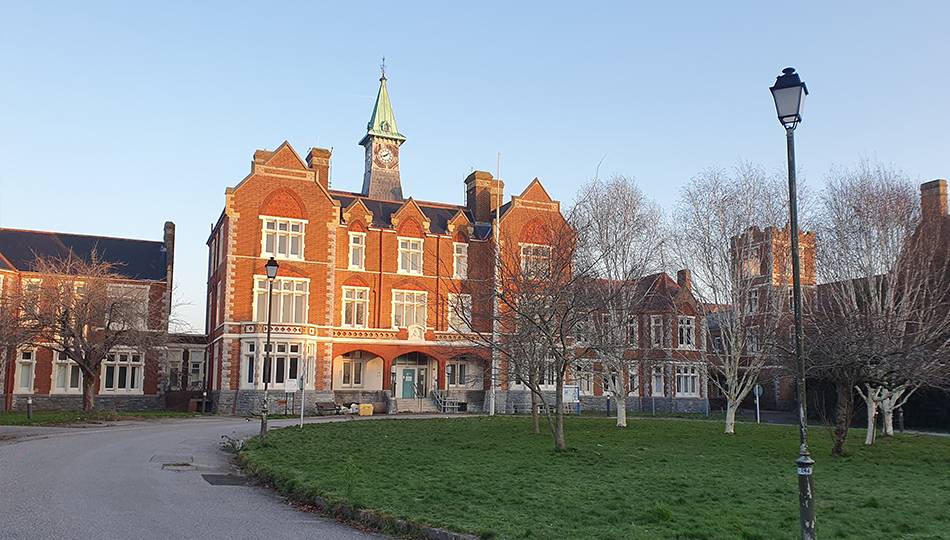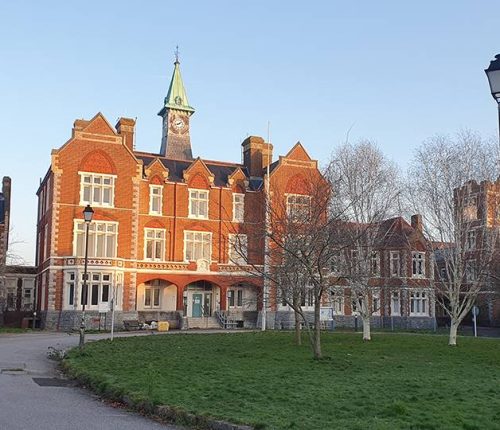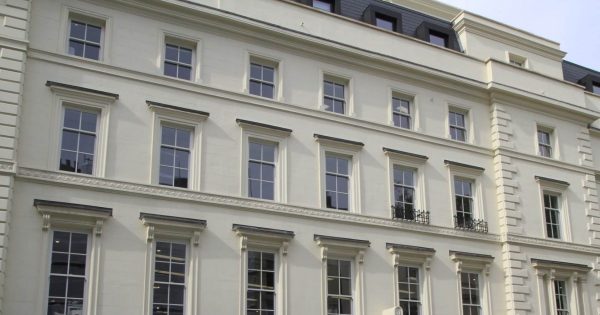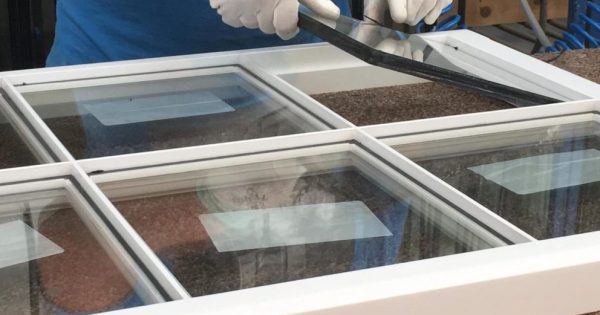Fri Aug 15
In today’s architectural landscape, the line between tradition and innovation is increasingly blurred. Nowhere is this more apparent than in projects where historic and modern elements must co-exist – particularly when working with listed buildings.
For architects, specifiers, and property professionals, integrating heritage windows for listed buildings into contemporary schemes demands a careful balance between aesthetics, performance, and compliance.
At TRC Contracts, we’ve worked on numerous heritage projects across England and the wider UK where the challenge was to preserve a building’s character while delivering modern benefits.
This blog explores how our Heritage timber windows, including sash windows and casement windows, complement contemporary architectural designs – without compromising authenticity or performance.
Why choose heritage timber windows for modern designs?
Heritage timber windows are often seen as purely traditional, but their versatility makes them a valuable addition to even the most cutting-edge architectural contexts. When specified with precision, traditional flush casement windows or sashes, along with modern glazing, can provide an authentic appearance that sits comfortably alongside modern materials like brick, concrete, or glass.
TRC’s range has been designed for exactly this purpose. Our vacuum-glazed timber windows combine slim profiles and traditional mouldings with advanced thermal performance – delivering the insulation required by today’s regulations, including Approved Document L, without disrupting the visual harmony of period façades or contemporary interventions.
Meeting the demands of planning officers and conservation specialists
Working on listed buildings, particularly grade II properties or those of special interest, requires careful planning and close collaboration with planning officers, conservation officers, and local heritage bodies. It’s essential to choose replacement windows that retain the visual integrity of original windows while satisfying stringent performance criteria.
At TRC Contracts, our bespoke timber windows are regularly approved by local authorities because they replicate traditional designs in every detail – from historic mouldings to slim timber sections and traditional joinery techniques. We offer solutions compatible with the expectations of property owners, contractors, and conservation professionals alike.
In fact, our Vacuum Glazing range has been developed specifically to meet the needs of historic properties while supporting net-zero targets. It provides the look of single glazing but with the modern performance of double glazing – including improved energy efficiency, low maintenance, and acoustic insulation.
Can timber heritage windows really meet modern energy standards?
Yes. With technologies like vacuum glazing and slim double glazing, today’s heritage windows for listed buildings can achieve comparable insulation values to conventional new windows. Our vacuum-glazed sash and casement windows offer U-values as low as 0.7 W/m²K, making them suitable for even the most demanding retrofit projects.
This means you no longer have to compromise between compliance and conservation. Whether you’re upgrading a school under local authority remit or restoring a building of historic interest, our heritage windows help strike the right balance.
Recent projects: Combining tradition with innovation
Dolphin Square, London
TRC was appointed to supply and install over 1,800 new timber sash windows for Dolphin Square – a landmark heritage estate in London. Working closely with conservation officers, we retained the estate’s original glass profiles and sightlines while significantly improving energy efficiency and sound insulation.
St James’ Hospital, Portsmouth
This heritage project involved the sensitive refurbishment of the historic St James’ Hospital site, where TRC Contracts supplied and installed high-performance heritage windows. By using vacuum glazing in traditional timber sash windows, we were able to replicate the authentic appearance of the original windows while improving thermal insulation and ensuring compliance with planning requirements for this listed building of special interest.
Victoria Building, Blackburn College
As part of the regeneration of the grade II listed Victoria Building at Blackburn College, TRC Contracts was selected to deliver replacement windows that respected the building’s character while meeting the modern demands of a busy educational environment. Our bespoke flush casement windows and sashes, featuring slim double glazing, offered the ideal combination of heritage styling and modern performance – supporting both conservation goals and energy efficiency targets.
Key considerations when blending old and new
To successfully integrate heritage windows for listed buildings into modern architectural schemes, professionals should keep the following in mind:
- Understand the listing: Each listed building is unique. Check if specific window types or materials are referenced in the listing.
- Engage early: Collaborate with the conservation officer during the design phase to avoid delays in the approval process.
- Select appropriate materials: Choose timber windows with certified sustainability credentials and proven durability.
- Specify the right glazing: Use vacuum glazing or slim double glazing to replicate original glass aesthetics while improving thermal and acoustic performance.
- Maintain historic details: Replicate traditional mouldings, sashes, and joinery features wherever possible.
What are the main benefits of replacing windows in listed buildings?
Replacing windows in a listed building with high-specification heritage windows offers:
- Improved energy efficiency
- Greater functionality and security
- Reduced maintenance costs
- Better interior comfort levels
- Retention of a building’s character
These advantages support both sustainability goals and occupant wellbeing, especially in residential and mixed-use developments.
FAQ: Will I need planning permission to replace windows in a listed building?
Yes – if the building is listed, you will almost always need planning permission to install replacement windows. TRC works with project teams to prepare accurate specifications and heritage documentation that streamline the approval process and satisfy conservation officer expectations.
How TRC supports heritage-led modern architecture
We understand that heritage projects are not just about preserving appearances – they’re about ensuring that the built environment performs for future generations. That’s why every product in our conservation range is designed with:
- Fully bespoke sizing and joinery
- Matching profiles for historic buildings
- Modern double glazing or vacuum glazing options
- FSC-certified timber and low-VOC coatings
- Extensive factory testing and long-life warranties
Our in-house design and manufacturing teams work alongside architects and developers to deliver heritage solutions that support modern living – across education, housing, commercial, and civic sectors.
Key takeaways
- Heritage windows for listed buildings can be compatible with modern architecture when thoughtfully specified.
- Vacuum glazing and slim double glazing allow traditional timber windows to meet today’s performance standards.
- TRC’s bespoke solutions help maintain a building’s character while improving comfort and efficiency.
- Engaging early with conservation officers and using appropriate materials will smooth the approval process.
- TRC has extensive experience supporting property owners, architects, contractors, and local authorities on complex heritage projects.
Work with TRC on your next heritage project
Whether you’re restoring a grade II listed civic building, upgrading a block of pre-1919 homes, or designing a contemporary extension to a period property, TRC Contracts has the heritage windows you need. Our expert team is ready to support your project with compliant, high-performance timber solutions – rooted in tradition but ready for the future.
Speak to one of our heritage specialists today to discuss your project or request sample drawings and technical specifications.





